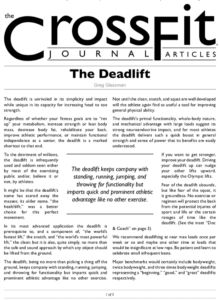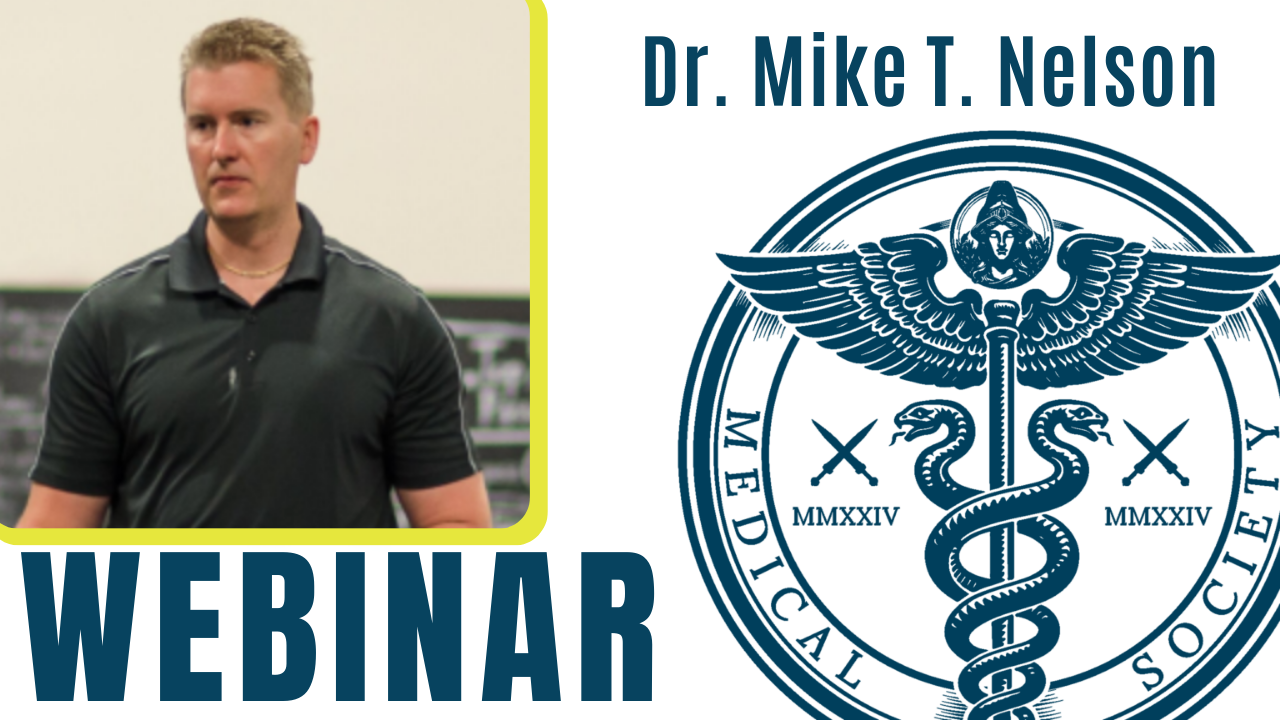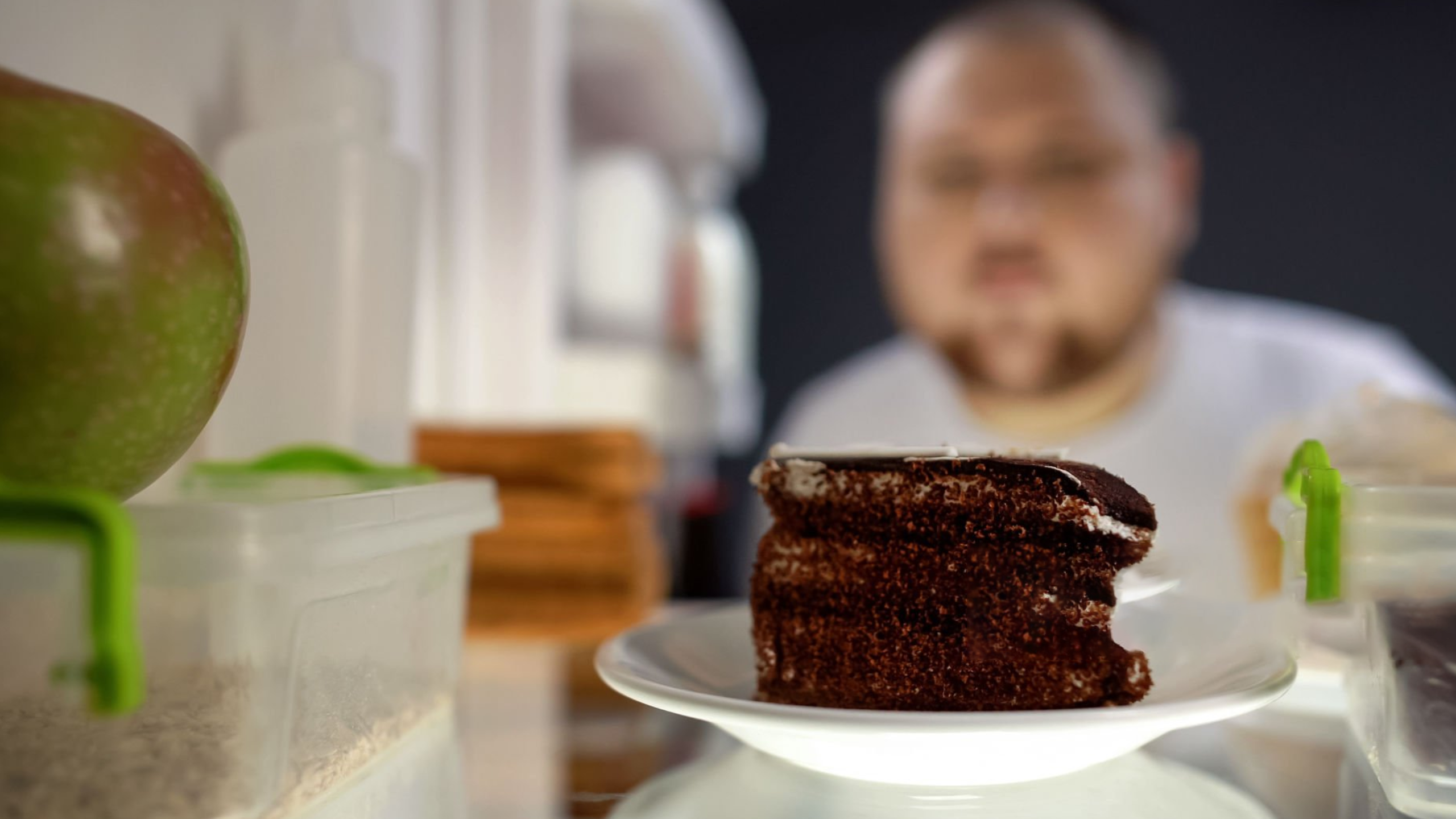By Greg Glassman
This article, by BSI’s co-founder, was originally published in The CrossFit Journal. While Greg Glassman no longer owns CrossFit Inc., his writings and ideas revolutionized the world of fitness, and are reproduced here.
Coach Glassman named his training methodology ‘CrossFit,’ which became a trademarked term owned by CrossFit Inc. In order to preserve his writings in their original form, references to ‘CrossFit’ remain in this article.
Download a pdf of the original article HERE.
The deadlift is unrivaled in its simplicity and impact while unique in its capacity for increasing head-to-toe strength.
Regardless of whether your fitness goals are to “rev up” your metabolism, increase strength or lean body mass, decrease body fat, rehabilitate your back, improve athletic performance or maintain functional independence as a senior, the deadlift is a marked shortcut to that end.
To the detriment of millions, the deadlift is infrequently used and seldom seen either by most of the exercising public and/or, believe it or not, by athletes.
It might be that the deadlift’s name has scared away the masses; its older name, “the healthlift,” was a better choice for this perfect movement.
The deadlift keeps company with standing, running, jumping, and throwing for functionality but imparts quick and prominent athletic advantage like no other exercise.
In its most advanced application the deadlift is prerequisite to, and a component of, “the world’s fastest lift,” the snatch, and “the world’s most powerful lift,” the clean, but it is also, quite simply, no more than the safe and sound approach by which any object should be lifted from the ground.
The deadlift, being no more than picking a thing off the ground, keeps company with standing, running, jumping and throwing for functionality but imparts quick and prominent athletic advantage like no other exercise.
Not until the clean, snatch and squat are well developed will the athlete again find as useful a tool for improving general physical ability.
The deadlift’s primal functionality, whole-body nature and mechanical advantage with large loads suggest its strong neuroendocrine impact, and for most athletes the deadlift delivers such a quick boost in general strength and sense of power that its benefits are easily understood.
If you want to get stronger, improve your deadlift. Driving your deadlift up can nudge your other lifts upward, especially the Olympic lifts.
Fear of the deadlift abounds, but like fear of the squat, it is groundless. No exercise or regimen will protect the back from the potential injuries of sport and life or the certain ravages of time like the deadlift.
We recommend deadlifting at near max loads once per week or so and maybe one other time at loads that would be insignificant at low reps. Be patient and learn to celebrate small infrequent bests.
Major benchmarks would certainly include bodyweight, twice-bodyweight and three-times-bodyweight deadlifts, representing “beginning,” “good” and “great” deadlifts, respectively.
For us, the guiding principles of proper technique rest on three pillars: orthopedic safety, functionality and mechanical advantage. Concerns for orthopedic stresses and limited functionality are behind our rejection of wider-than-hip-to-shoulder-width stances. While acknowledging the remarkable achievements of many powerlifters with the super-wide deadlift stance, we feel that its limited functionality (we can’t safely walk, clean or snatch from “out there”) and the increased resultant forces on the hip from wider stances warrant only infrequent and moderate-to-light exposures to wider stances.
Experiment and work regularly with alternate, parallel and hook grips. Explore carefully and cautiously variances in stance, grip width and even plate diameter—each variant uniquely stresses the margins of an all-important functional movement. This is an effective path to increased hip capacity.
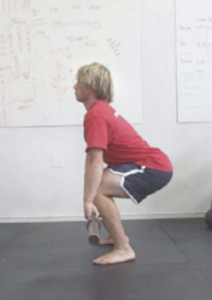
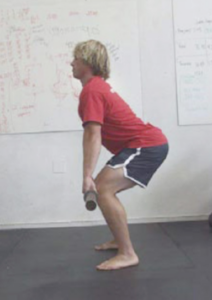
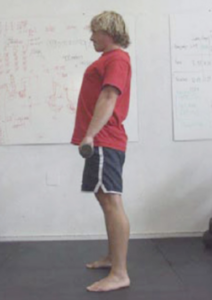
Consider each of the following cues to a sound deadlift. Many motivate identical behaviors, yet each of us responds differently to different cues.
- Natural stance with feet under hips
- Symmetrical grip whether parallel, hook or alternate
- Hands placed where arms won’t interfere with legs while pulling from the ground
- Bar above juncture of little toe and foot
- Shoulders slightly forward of bar
- Inside of elbows facing one another
- Chest up and inflated
- Abs tight
- Arms locked and not pulling
- Shoulders pinned back and down
- Lats and triceps contracted and pressing against one another
- Keep your weight on your heels
- Bar stays close to legs and essentially travels straight up and down
- Torso’s angle of inclination remains constant while bar is below the knee
- Head straight ahead
- Shoulders and hips rise at same rate when bar is below the knee
- Arms remain perpendicular to ground until lockout
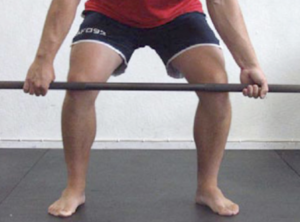
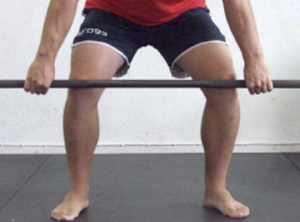
Doc and Coach
(Transcript of actual conversation)
Doc: Many of my patients shouldn’t be doing the deadlift.
Coach: Which ones are those, Doc?
Doc: Many are elderly, marginally ambulatory, and frail/feeble and osteoporotic.
Coach: Doc, would you let such a patient, let’s say an old woman, walk to the store to get cat food?
Doc: Sure, If the walk weren’t too far, I’d endorse it.
Coach: All right, suppose after walking home she came up to the front door and realized that her keys were in her pocket. Is she medically cleared to set the bag down, get her keys out of her pocket, unlock the door, pick the bag back up, and go in?
Doc: Of course, that’s essential activity.
Coach: As I see it the only difference between us is that I want to show her how to do this “essential activity” safely and soundly and you don’t.
Doc: I see where you’re going. Good point.
Coach: Doc, we haven’t scratched the surface.
- Download Original PDF
- Download Español (Spanish) PDF
- Download Português (Portuguese) PDF
- Download Italiano (Italian) PDF
- Download Français (French) PDF
Greg Glassman founded CrossFit, a fitness revolution. Under Glassman’s leadership there were around 4 million CrossFitters, 300,000 CrossFit coaches and 15,000 physical locations, known as affiliates, where his prescribed methodology: constantly varied functional movements executed at high intensity, were practiced daily. CrossFit became known as the solution to the world’s greatest problem, chronic illness.
In 2002, he became the first person in exercise physiology to apply a scientific definition to the word fitness. As the son of an aerospace engineer, Glassman learned the principles of science at a young age. Through observations, experimentation, testing, and retesting, Glassman created a program that brought unprecedented results to his clients. He shared his methodology with the world through The CrossFit Journal and in-person seminars. Harvard Business School proclaimed that CrossFit was the world’s fastest growing business.
The business, which challenged conventional business models and financially upset the health and wellness industry, brought plenty of negative attention to Glassman and CrossFit. The company’s low carbohydrate nutrition prescription threatened the sugar industry and led to a series of lawsuits after a peer-reviewed journal falsified data claiming Glassman’s methodology caused injuries. A federal judge called it the biggest case of scientific misconduct and fraud she’d seen in all her years on the bench. After this experience Glassman developed a deep interest in the corruption of modern science for private interests. He launched CrossFit Health which mobilized 20,000 doctors who knew from their experiences with CrossFit that Glassman’s methodology prevented and cured chronic diseases. Glassman networked the doctors, exposed them to researchers in a variety of fields and encouraged them to work together and further support efforts to expose the problems in medicine and work together on preventative measures.
In 2020, Greg sold CrossFit and focused his attention on the broader issues in modern science. He’d learned from his experience in fitness that areas of study without definitions, without ways of measuring and replicating results are ripe for corruption and manipulation.
The Broken Science Initiative, aims to expose and equip anyone interested with the tools to protect themself from the ills of modern medicine and broken science at-large.
Support the Broken Science Initiative.
Subscribe today →
recent posts
Metabolic Flexibility to Burn Fat, Get Stronger, and Get Healthier
Expanding Horizons: Physical and Mental Rehabilitation for Juveniles in Ohio

